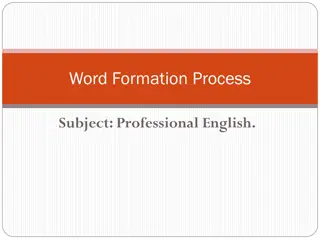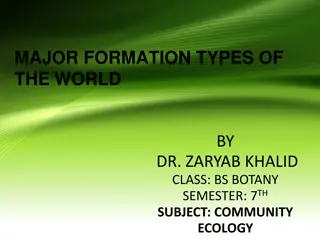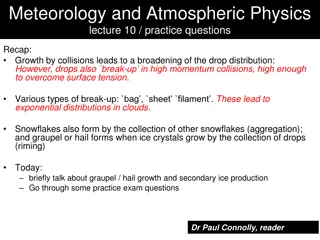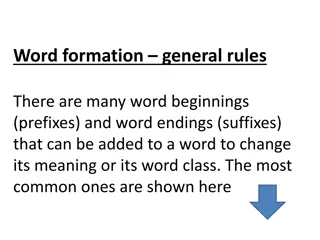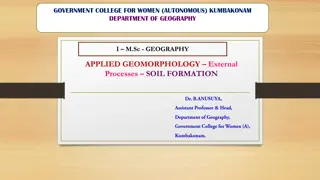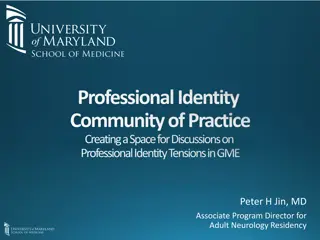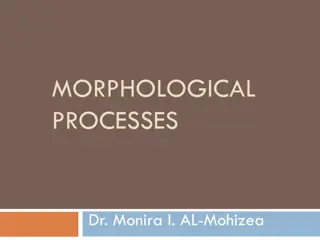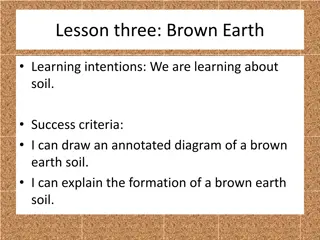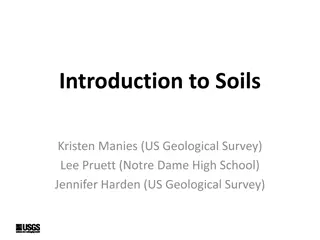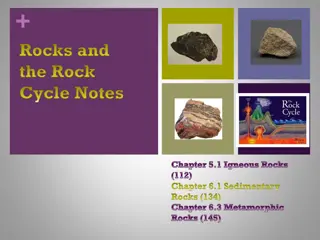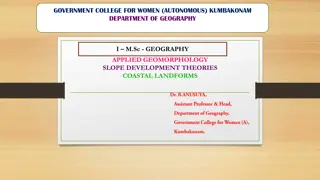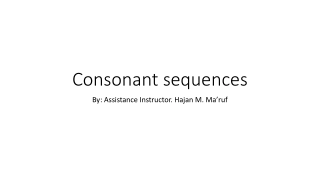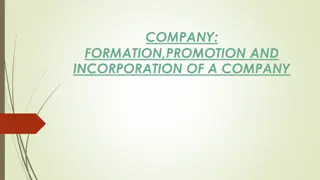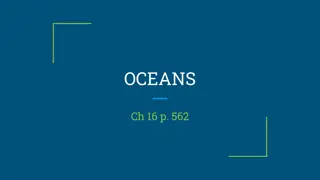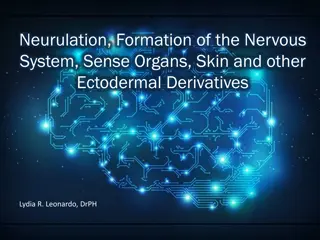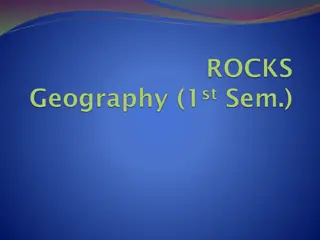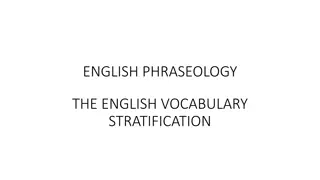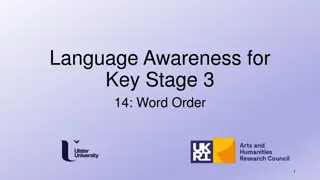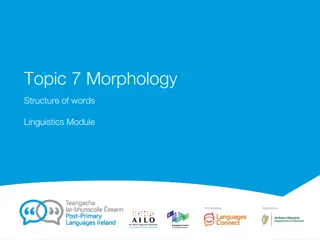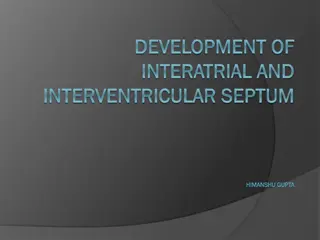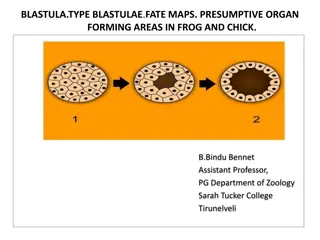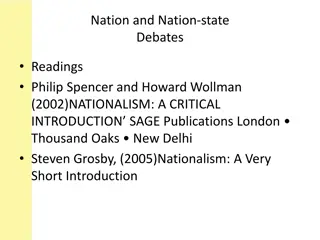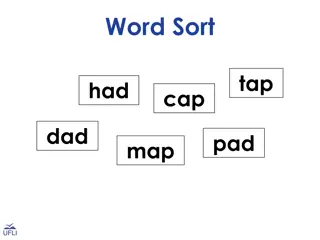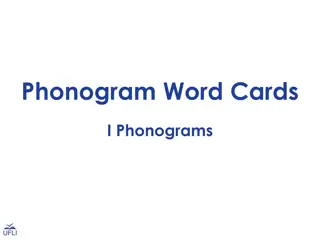Various Word Formation Processes in Professional English
Explore the word formation processes in professional English, including coinage, borrowing, compounding, derivation, blending, backformation, and acronym formation. Each process involves unique methods and examples, contributing to the diversity and richness of the English language.
Download Presentation

Please find below an Image/Link to download the presentation.
The content on the website is provided AS IS for your information and personal use only. It may not be sold, licensed, or shared on other websites without obtaining consent from the author. Download presentation by click this link. If you encounter any issues during the download, it is possible that the publisher has removed the file from their server.
E N D
Presentation Transcript
Word Formation Process Subject: Professional English.
Coinage The word formation process of inventing entirely new words. Examples: Google COVID19 Twitter Whatsapp And many more .
Borrowing Borrowing is the process of using the actual words from foreign languages. Examples of borrowed words Latin words: interim, memorandum, agenda, p.m. and a.m., sponsor. Greek : pneumonia, panorama, psychoanalysis, psychology, python French: bureau, caf , chauffeur, abattoir, attach , la carte Sanskrit: chakra, mahatma, nirvana, musk Hindi -avatar, bungalow, jungle, pajamas, verandah, shampoo, yoga, pundit, cheetah
Compounding Compounding is the process of putting words together to build a new one that ''does not denote two things, but one'' and that is ''pronounced as one unit'' Examples: -handbag=hand + bag; -wallpaper=wall + paper; -fingerprint=finger + print; -sunburn=sun + burn. -whiteboard=white + board.
Derivation Derivation, as ''the most common word formation process'', builds new words by adding prefix and suffix. Example: By prefixes: un-usual , mis-pronounce mis-lead, dis-respect By suffixes: care-less, child-ish faith-ful prefix and suffix: dis-loyal-ty un-erring-ly
Blending A blending is a combination of two or more words to create a new one, usually by taking the beginning of the one word and the end of the other one. Examples: brunch =breakfast+ lunch smog = smoke + fog emoticon = emotion + icon webinar = web+ seminar Netizen = internet+ citizen
Backformation It is the reduction of nouns to form verbs. Examples: television = televise donation = donate option = opt editor = edit
Acronym Words from initials of a set of words. Examples: SCUBA -Self-Contained Underwater Breathing Apparatus RADAR -Radio Detection And Ranging LASER Light Amplification by Stimulated Emission of Radiation PIN-Personal Identification Number
Onomatopoeia This special type of word that depicts ''the sound associated with what is named'' Examples: buzz, hiss, sizzle, cuckoo, crash, bang, hush, ticktack, etc.
Clipping Clipping It is shortening of a poly-syllabic word. Types of clipping: back clipping, fore-clipping, middle and complex clipping Examples: facsimile = fax fanatic = fan telephone= phone gasoline = gas influenza = flu cable telegram= cablegram gym, lab, exam, math, prof.
Conclusion There are many ways to create new words a mass of new words surrounding us, brought to us both consciously by language trends and unconsciously through language change over time.










